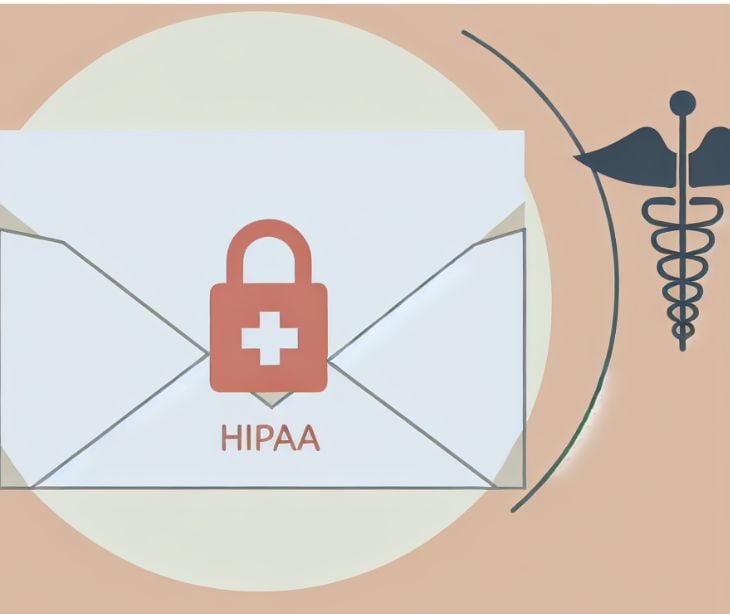
Artificial intelligence (AI) and interoperability have emerged as promising solutions to tackle the challenge of reducing administrative burdens and providing efficient and cost-effective care to patients. By using AI technologies and ensuring seamless data exchange, healthcare organizations can streamline administrative processes, improve patient outcomes, and enhance the overall healthcare experience.
The growing need for AI and interoperability in healthcare
Every day, tens of thousands of patients seek care for various medical conditions. Behind the scenes, a complex web of information about health records, benefits, coverage, eligibility, authorization, and other aspects determines the type of medical treatment patients receive and how much they have to spend on prescription drugs.
This massive amount of data being produced, stored, and exchanged every second is subject to inefficiencies and gaps in access between patients, providers, and payers due to inconsistent implementation of healthcare data interoperability standards. These inefficiencies contribute to an increasing waste in the healthcare system and pose challenges to delivering cost-effective quality care.
For over 20 years, the healthcare industry has been grappling with the need to address these challenges without a clear resolution. In 2020, the Centers for Medicare and Medicaid Services (CMS) published a rule that mandates healthcare systems, patients, providers, and payers to easily exchange information. This rule sets the stage for an interoperability journey that supports seamless data exchange and incremental use cases.
Read more: CMS finalizes rule to improve health data exchange
The foundation of administrative simplification
Establishing a clear interoperability framework is foundational to enabling administrative simplification, one of the five provisions of the HIPAA. This provision aims to reduce paperwork and streamline business processes across the healthcare system, leveraging technology to save time and money. With a significant percentage of physicians reporting signs of burnout and many clinicians planning to leave their jobs in the next few years, administrative simplification becomes even more timely and relevant.
Read also: What are HIPAA's administrative simplification provisions?
Four levels of maturity in interoperability implementation
A flexible, modular framework of capabilities is required to achieve the goals set by CMS and other entities. This framework supports the integration of data from disparate healthcare sources, the standardization and linking of information in a common format, and the availability of data to downstream consumers through standardized APIs. There are four levels of maturity in the implementation of interoperability:
Ring 1: Ingesting, standardizing, and integrating data
The first level, or Ring 1, is the foundation of the interoperability platform. It focuses on ingesting, standardizing, and integrating data from disparate sources to create the initial longitudinal patient record (LPR).
Ring 2: Data exchange for quality measures
Ring 2 establishes patient attribution, identifies individual patients with gaps in care, and updates the patient care plan with necessary actions to address risks and care gaps. It also supports the insertion of actionable insights and care plan updates directly into the provider care flow within the electronic medical record (EMR).
Ring 3: Breaking silos in the healthcare system
Ring 3 breaks the existing silos in the US healthcare system, specifically the physical health and behavioral health silos. FHIR provides a single standard that promotes combining these two silos and understanding the health status, goals, care needs, and socioeconomic conditions. The result is the ability to create a care plan that addresses the "whole person" needs of patients.
Ring 4: Improving health information exchange
Ring 4 supports the five key provisions to improve health information exchange, enabling appropriate and necessary access to complete health records for patients, healthcare providers, and payers. It also emphasizes the automation of currently manual processes, which can benefit from new technologies like AI. These provisions are outlined in the proposed CMS rule, "Advancing Interoperability and Improving Prior Authorization Processes" (CMS-0057-P).
Realizing the benefits of interoperability in prior authorization
One of the main steps in the interoperability journey is leveraging data to deliver more cost-effective and high-quality patient care, particularly in the area of prior authorization. Prior authorization is a process implemented by healthcare payers in utilization management programs to address high-cost medical procedures and medications. Healthcare providers must demonstrate that the care provided to patients is medically necessary and compliant with evidence-based clinical quality guidelines. To achieve this without impacting patient care, payers and providers need to exchange information in real time.
See also: HIPAA Compliant Email: The Definitive Guide
FAQs
How does interoperability benefit the healthcare industry?
Interoperability enables seamless data exchange between different stakeholders in the healthcare industry, such as patients, providers, and payers. This improves collaboration, enhances care coordination, reduces administrative inefficiencies, and ultimately leads to better patient outcomes.
What are the challenges in implementing interoperability in healthcare?
Implementing interoperability in healthcare faces challenges such as inconsistent adoption of standards, data integration complexities, privacy and security concerns, and the need for collaboration among various stakeholders. Overcoming these challenges requires a comprehensive approach and partnership with experienced technology providers.
How can healthcare organizations leverage AI and interoperability to improve prior authorization?
Healthcare organizations can use AI and interoperability to automate prior authorization processes, validate medical necessity, and ensure compliance with clinical quality guidelines. Organizations can streamline prior authorization, reduce administrative burden, and improve patient care by exchanging real-time information and leveraging AI technologies.
How can organizations navigate the complexities of interoperability and digital transformation?
Organizations can navigate the complexities of interoperability and digital transformation by partnering with systems integrators and process integrators who have extensive experience and capabilities in the healthcare industry. These partners can provide guidance, technology solutions, and consulting services to drive value and ensure successful digital transformation.
Subscribe to Paubox Weekly
Every Friday we'll bring you the most important news from Paubox. Our aim is to make you smarter, faster.




